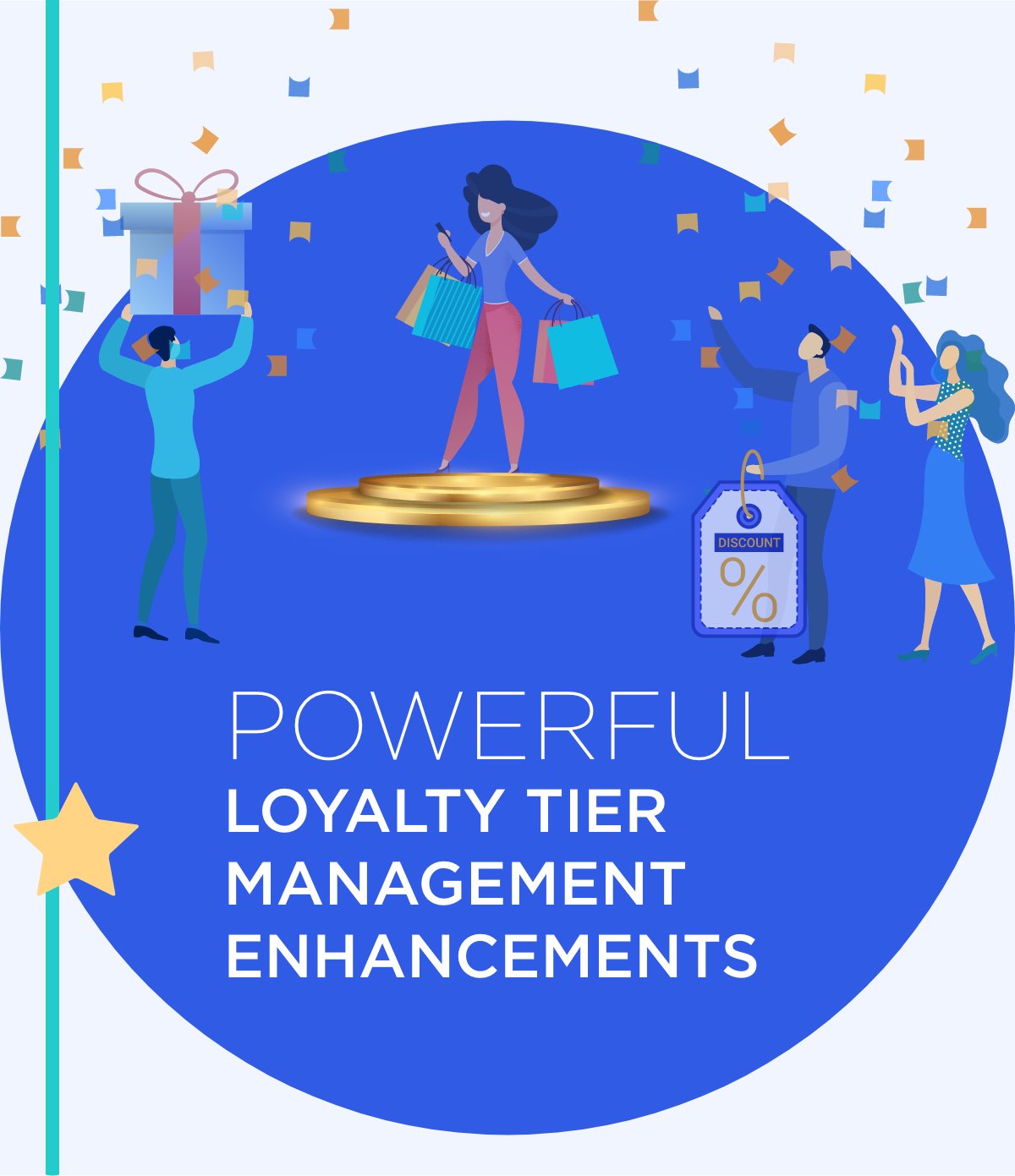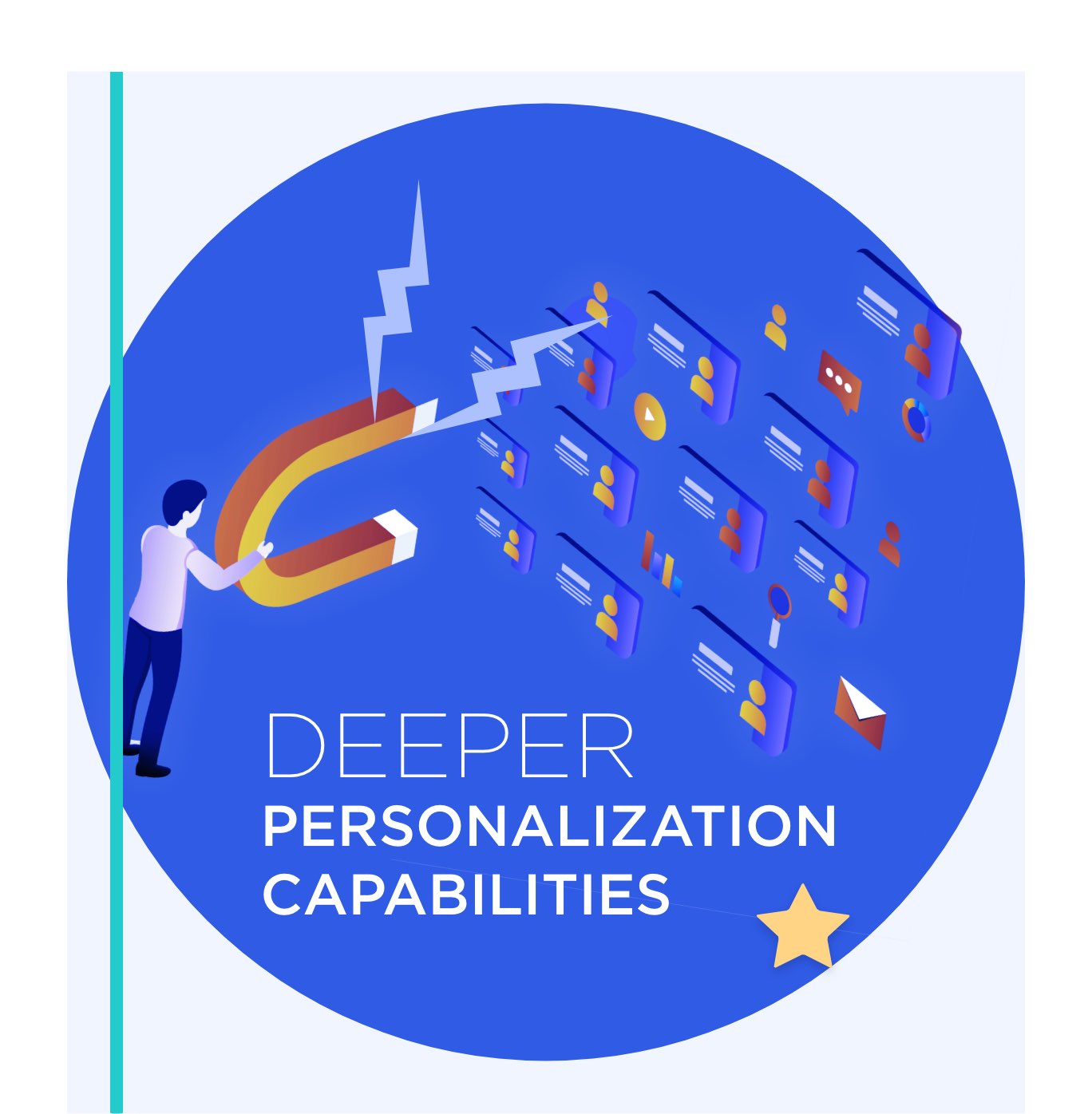Customers have always been the focal point for marketers to devise key marketing strategies. This focus has only intensified in the present time when brands have to be more empathetic to understand the changing customer mindset and shopping habits. Using data and analytics to understand these trends and providing unique customer experiences is the need of the hour. 78 percent of frontline employees report that their leaders have made customer experience a top priority.
As customers become more adaptable to change and shift to online experiences, marketers need to constantly evolve their ways of communicating and engaging customers. Digital engagement can pave the way to embrace the new reality, form an emotional connect with customers and maximize profits. As this is likely to become a permanent customer behaviour, retaining brand loyalty and optimizing costs should be the top priority for brands. 80 percent of companies believe that their core business model should be digitized to remain economically viable.
New Product Upgrades & Enhancements
Here are Capillary’s key features that can help marketers use changing customer trends to understand their customers and build deeper relationships :
In the constantly evolving marketplace, one of the topmost priority areas for marketers is to keep a constant check on the dynamic customer insights. The first step towards getting there is understanding consumer patterns with data-backed analysis. With data and analytics, marketers can anticipate the expectations of their customers and engage them with the most relevant offers.
With Audience Reporting, garner deep insights about customer behaviour and shopping patterns to improve the campaign effectiveness and increase the chance of getting high hit rates. Marketers can now get automated reports in EI before, during or after sending out a campaign. The segmented audience lists can be used to compare performance and use these insights to set-up campaigns. Choosing the relevant offer for each customer based on these insights can enrich their experience.
Benefits:
- Pick the right offer for each consumer to maximise customer spend
- Improved productivity with a reduced go-live time for campaigns by 50%
- Easy to build reports with a simple & intuitive UI
Use Cases:
- Track the behaviour of customers included in a list during the campaign lifecycle (before, during and after the campaign) to analyze the performance of campaigns
- Comparative analysis of the current year with the previous one for a list of customers during a particular sale or festive season
The whole marketplace is evolving in sync with the changing shopping behaviour of consumers. A huge number of consumers earlier preferred the touch and feel aspect of traditional retail to make important purchase decisions. Now, the focus has shifted to receiving a great contactless experience. This has pushed marketers to rethink their strategy and use digital mediums to keep their consumers informed and engaged.
Marketers can use these changed habits to offer consumers a gaming-like experience while communicating important information of tier upgrade/downgrade of loyalty programs. This can encourage shoppers to spend a little more to retain or upgrade their tier. The goal to reduce losses and optimize costs is also taking a center stage in the new reality. Marketers can identify the low spending consumers and reduce their loyalty benefits with a downgrade strategy. Recognize your best customers with industry-specific metrics and qualified loyalty engagements based on marketers’ criteria through tracker support.
Benefits:
- Engage and encourage customers to make more purchase
- Reduce costs for business by downgrading liable consumers
- Flexibility to set industry-wise tier criteria
Use Cases:
- Use trackers to set a tier management strategy for each industry. The metrics could vary – for Hospitality, it could be room nights and for Fuel retail, it could be the volume of fuel purchases
- Customers who can upgrade to the next tier by making a purchase for a smaller amount could be informed about it using gamification
Consumers are moving more towards digital and are embracing digital channels to learn, communicate and shop. This new trend has increased the pool of customers who interact with messages on various channels. Marketers should leverage this to their advantage by sending relevant and contextual messages which strike a chord with their consumers.
With Capillary’s personalization capabilities, brands can now recommend products at the right time of the day, based on the purchase behaviour of customers. Knowing your customers’ changing preferences can come in handy to enhance their online experience. The current trend of customers’ preference of making purchases from nearest stores can be used by marketers to incentivize customers with the best offers based on their propensity to shop from a particular store.
Benefits:
- Improve your ROI with 1:1 targeted messages
- Enhance your customers’ online shopping experience
- Connect on a personal level by understanding their preferences
Use Cases:
- For a customer who prefers to buy casual wear from your brand, sending the right offer on work from home collection might entice him/her to shop
- A personalized, time-bound offer can be sent to a customer on Tuesday if he/she prefers shopping on Wednesdays. This creates a higher top of mind brand recall that can increase the chance of engagement and conversion.
Conclusion
This is the time to build trust, loyalty and win your customers’ hearts by developing a more personal relationship. Show them that you care by understanding their preferences, engaging them with the right information and delivering unique online experiences. And that’s how you will create a brand identity of being the most loved brand for your customers.
Interested in exploring these solutions? Reach out to your Customer Success Manager or contact us
People also ask ⁝
1.What strategies can businesses use to build closer customer relationships?
Businesses can use personalized communication, loyalty programs, and customer feedback mechanisms to build closer and more meaningful relationships with their customers.
2.How does customer relationship management (CRM) software enhance customer relationships?
CRM software helps businesses manage customer interactions, track customer data, and provide personalized services, which strengthens customer relationships and increases loyalty.
3.What role does customer feedback play in improving customer relationships?
Customer feedback provides valuable insights into customer preferences and pain points, allowing businesses to make improvements and offer better services, thus enhancing customer relationships.
4.Why is customer engagement important for building strong relationships?
Engaged customers are more likely to develop a connection with the brand, leading to increased trust, loyalty, and long-term business relationships.
5.How can businesses measure the success of their customer relationship strategies?
Businesses can measure success through customer satisfaction surveys, Net Promoter Scores (NPS), and tracking repeat purchase rates and customer retention metrics.


